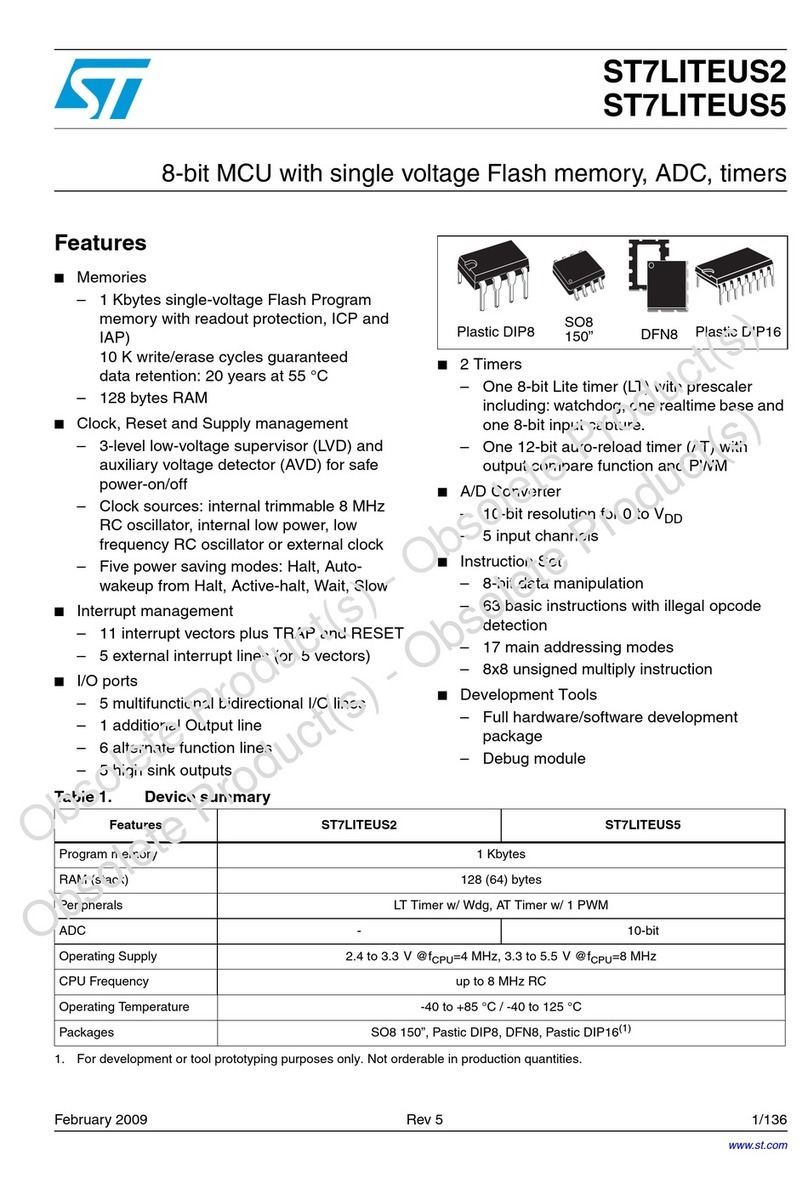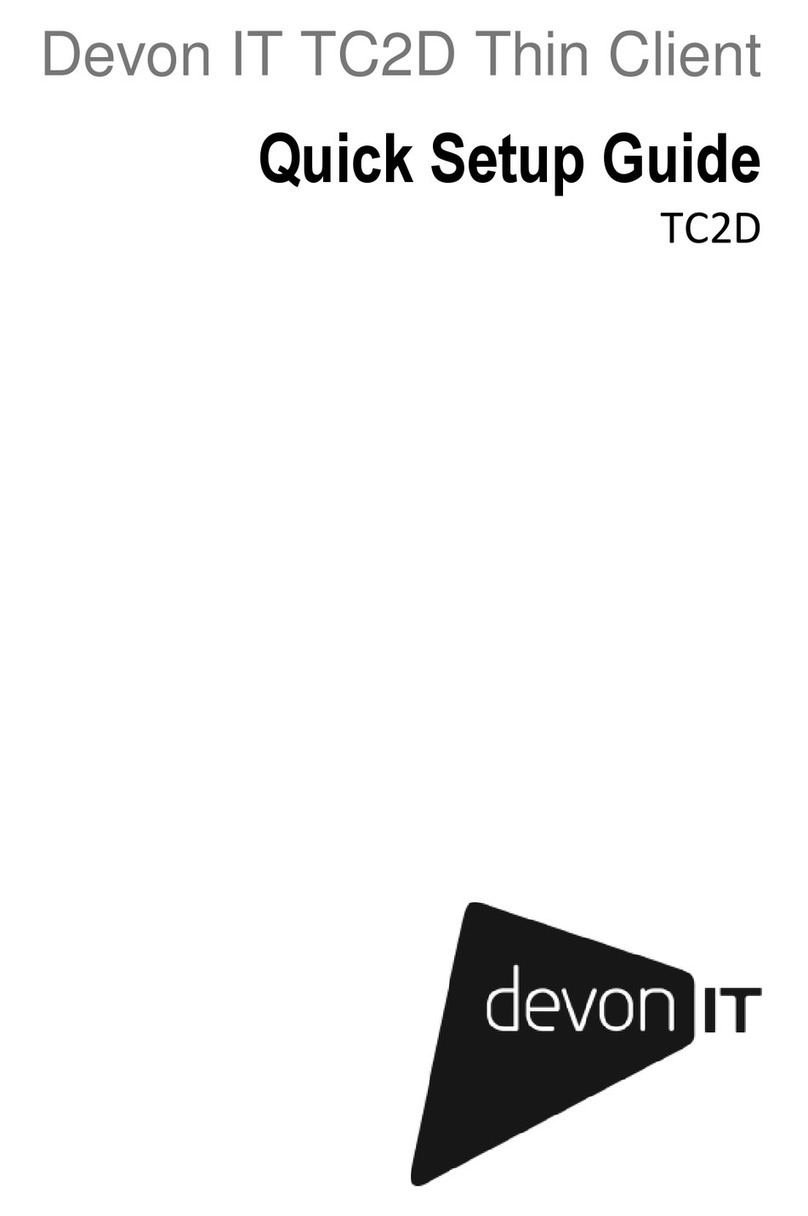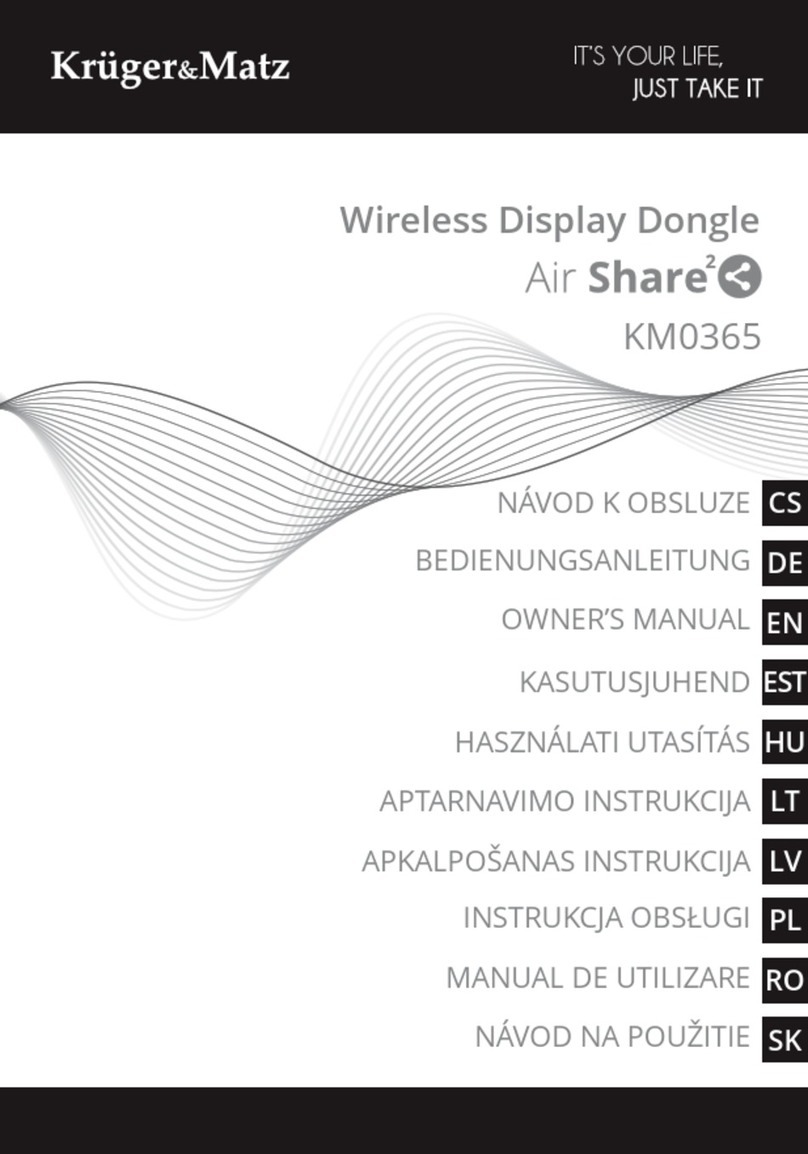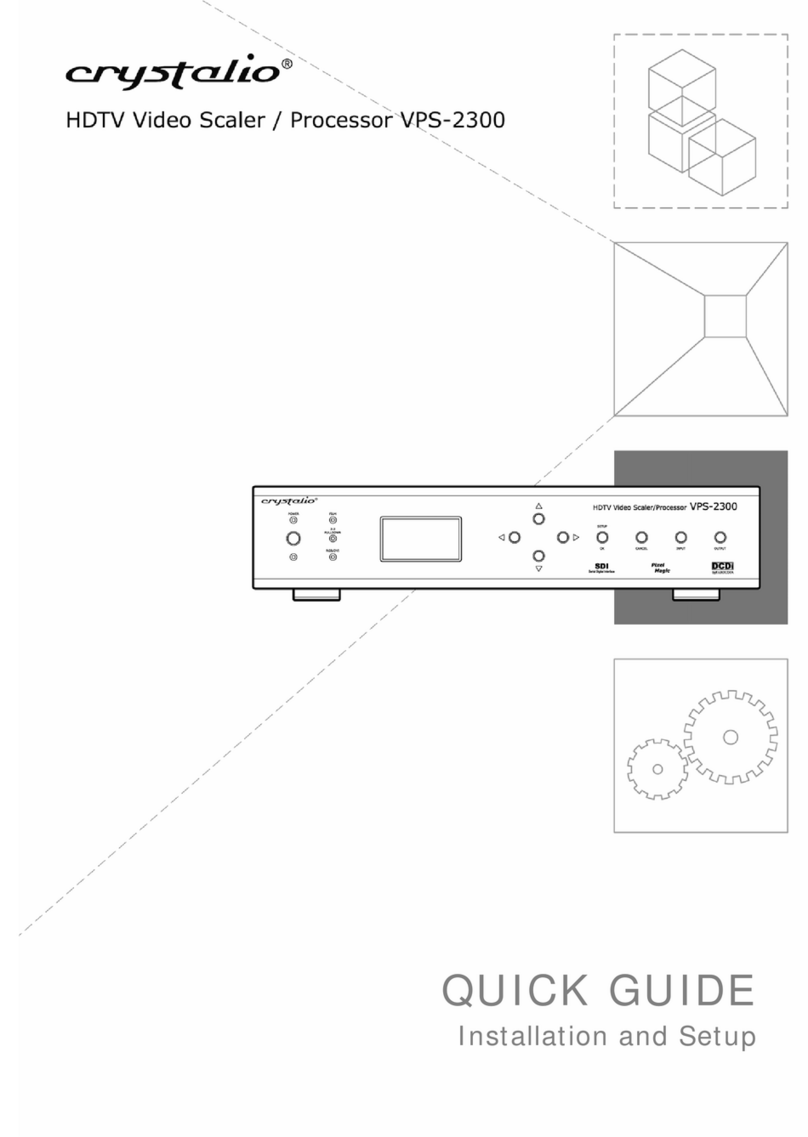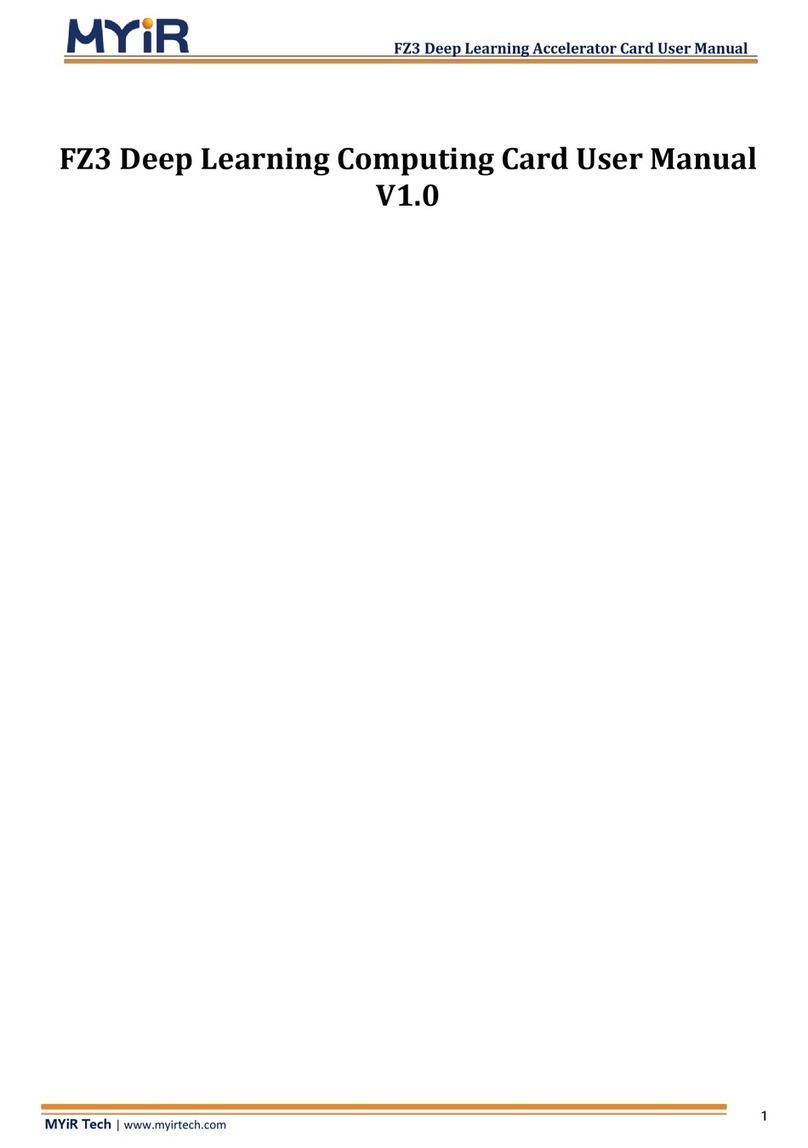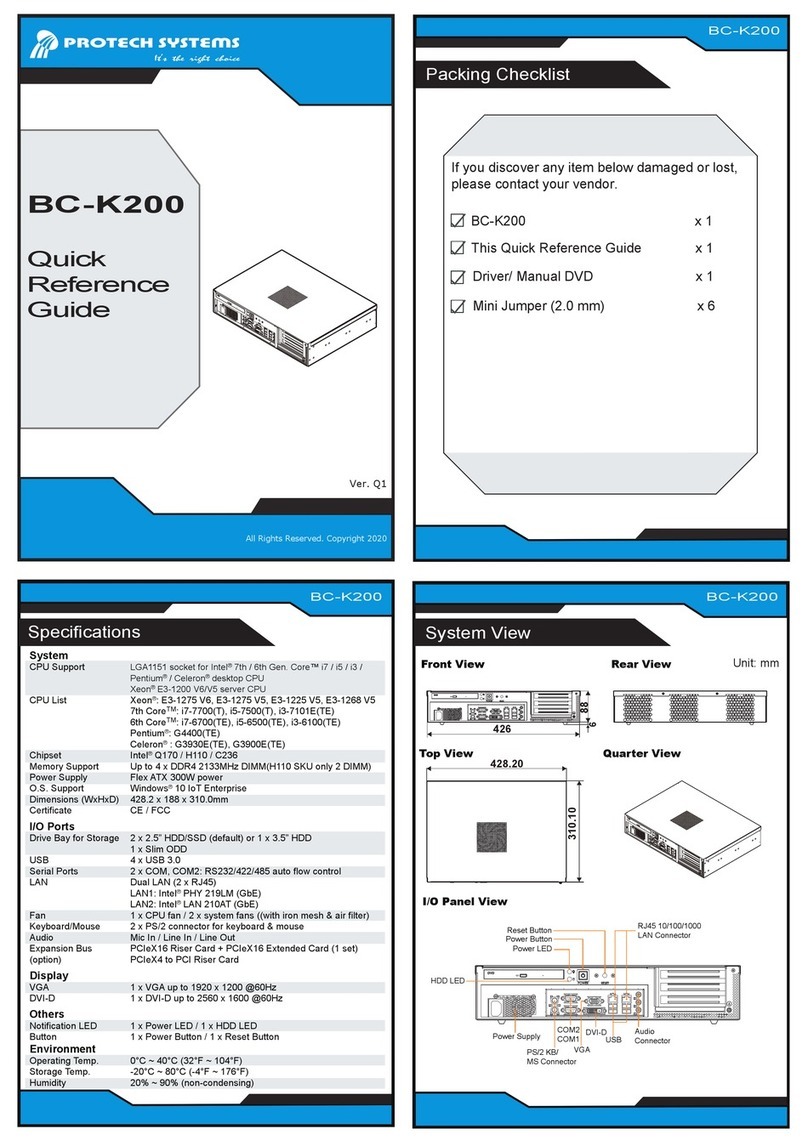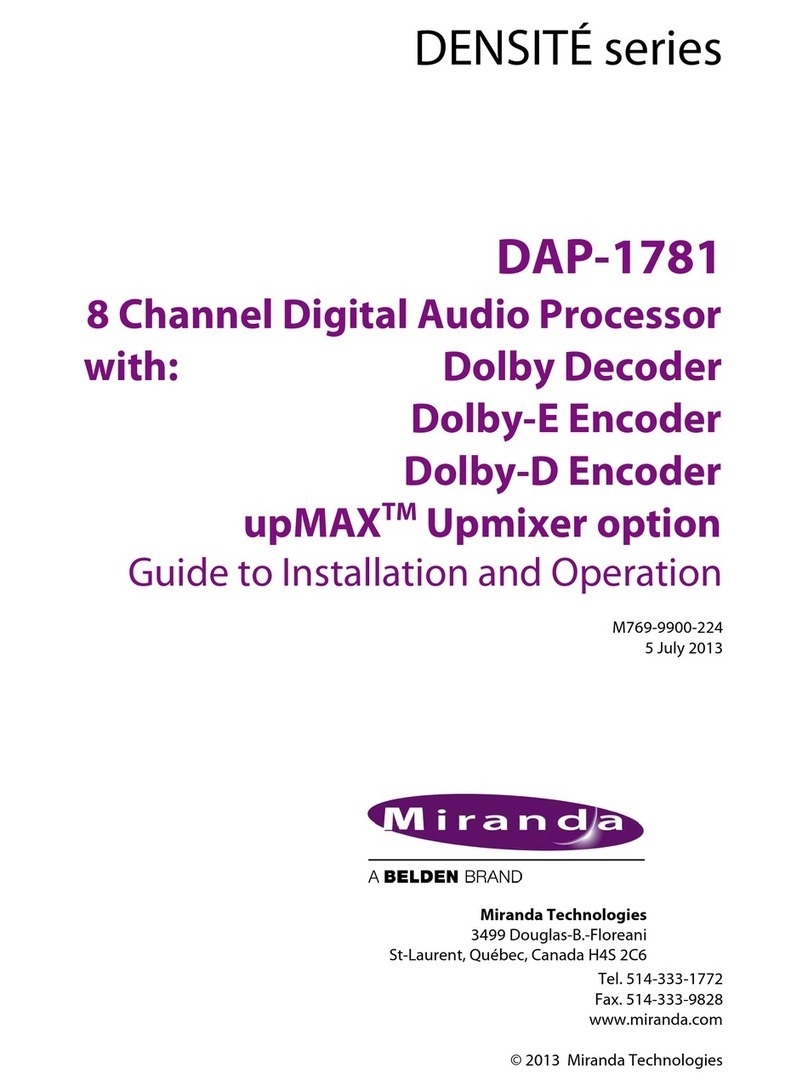ST EVSPIN948 User manual
Other ST Computer Hardware manuals
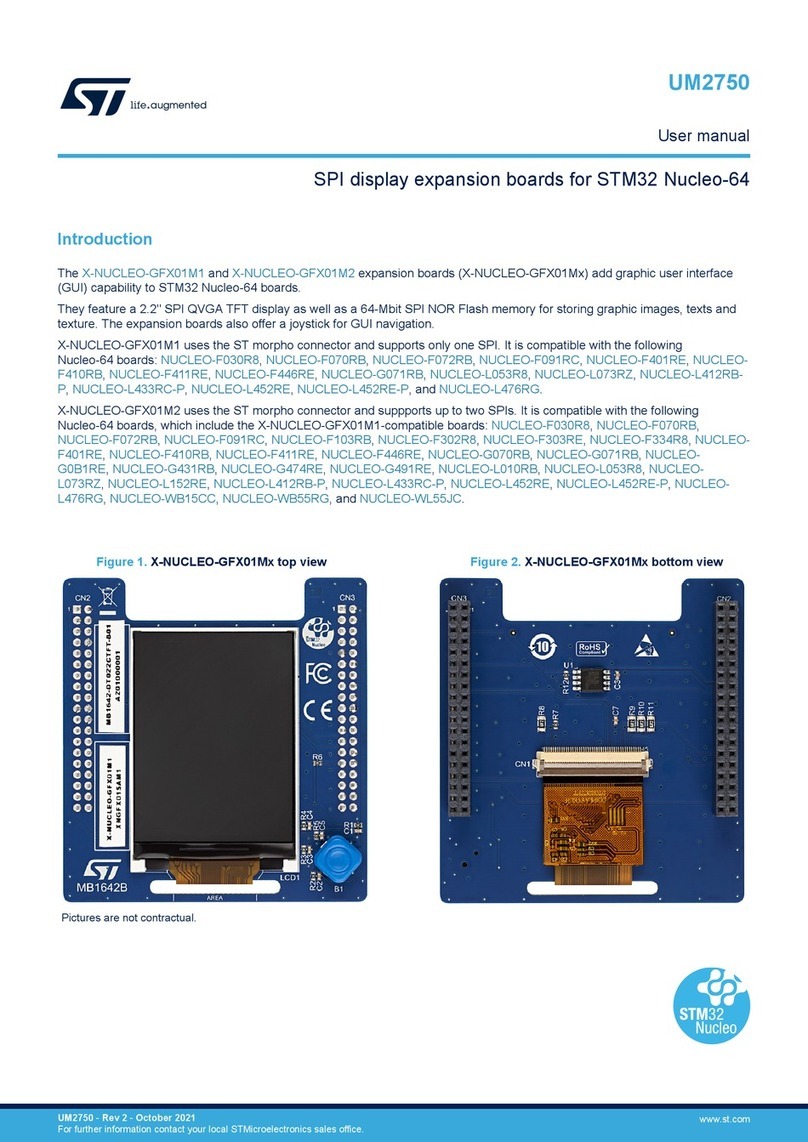
ST
ST X-NUCLEO-GFX01M Series User manual

ST
ST EVLONE65W User manual
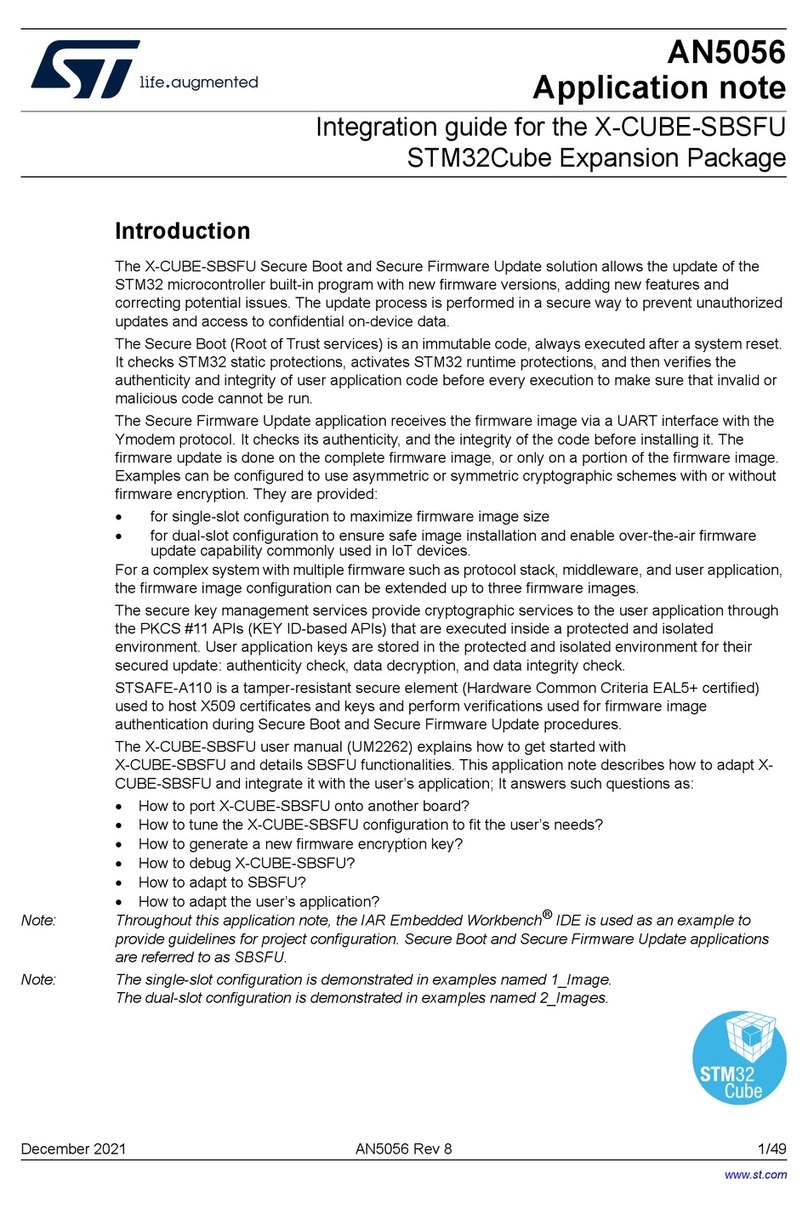
ST
ST STM32Cube Quick setup guide
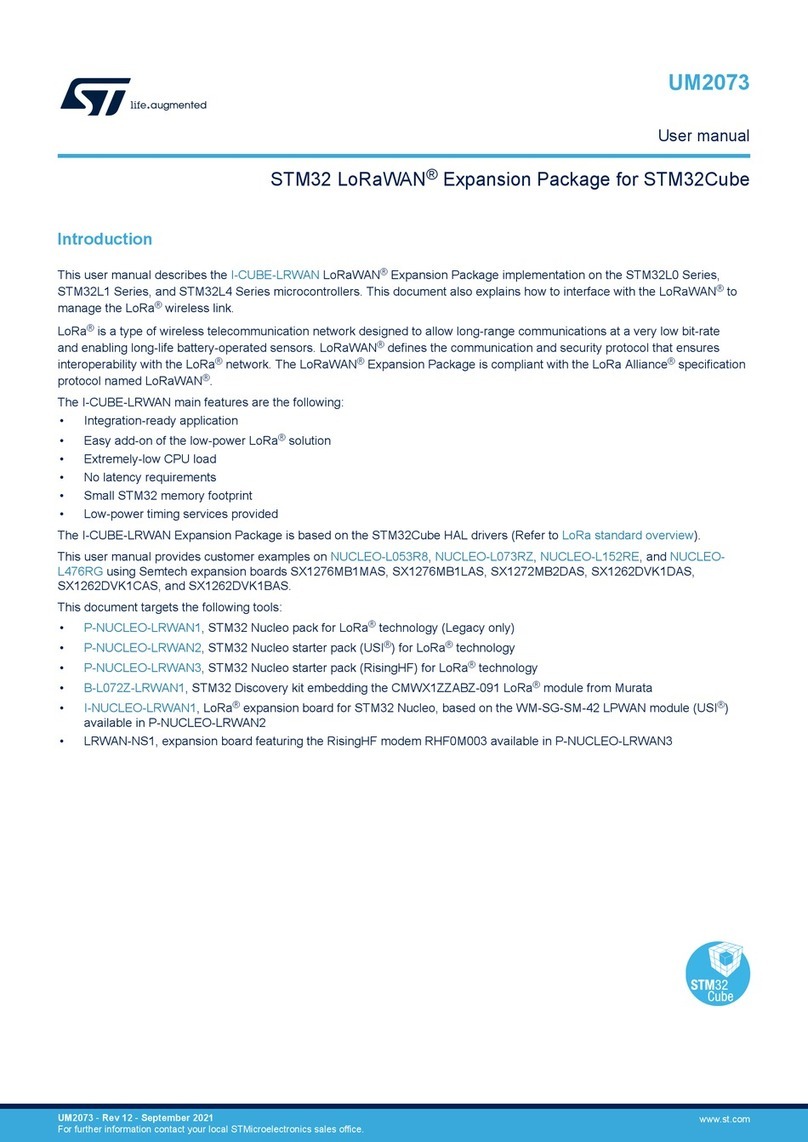
ST
ST I-CUBE-LRWAN User manual

ST
ST STMPE811 Specification sheet
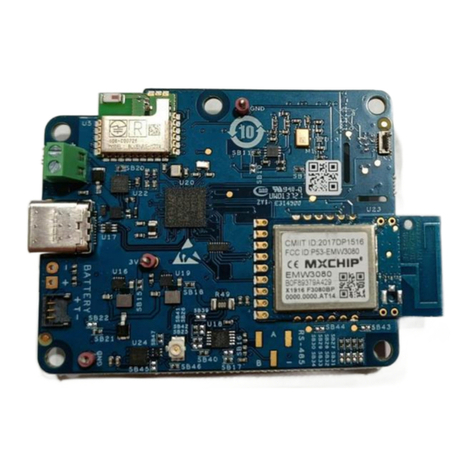
ST
ST STM32Cube User manual
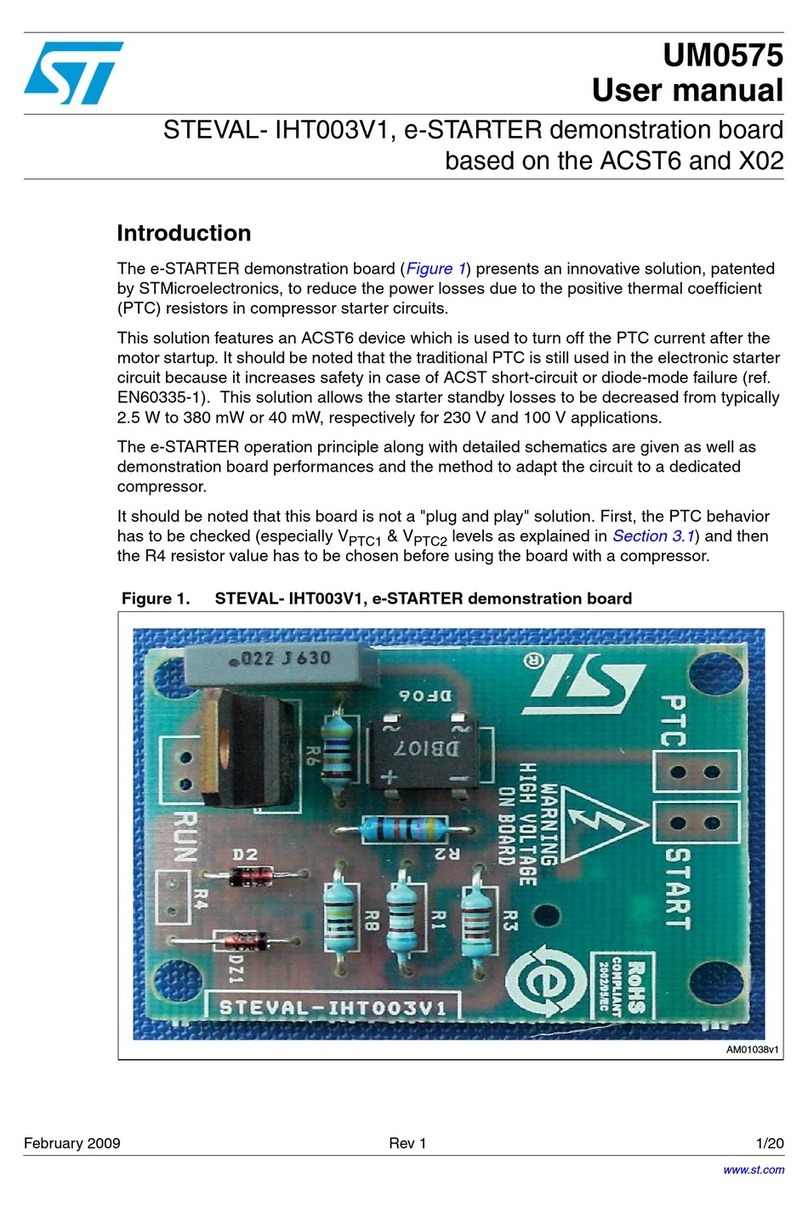
ST
ST UM0575 User manual

ST
ST STEVAL-IHM017V1 User manual

ST
ST STEVAL-STWINMA2 User manual
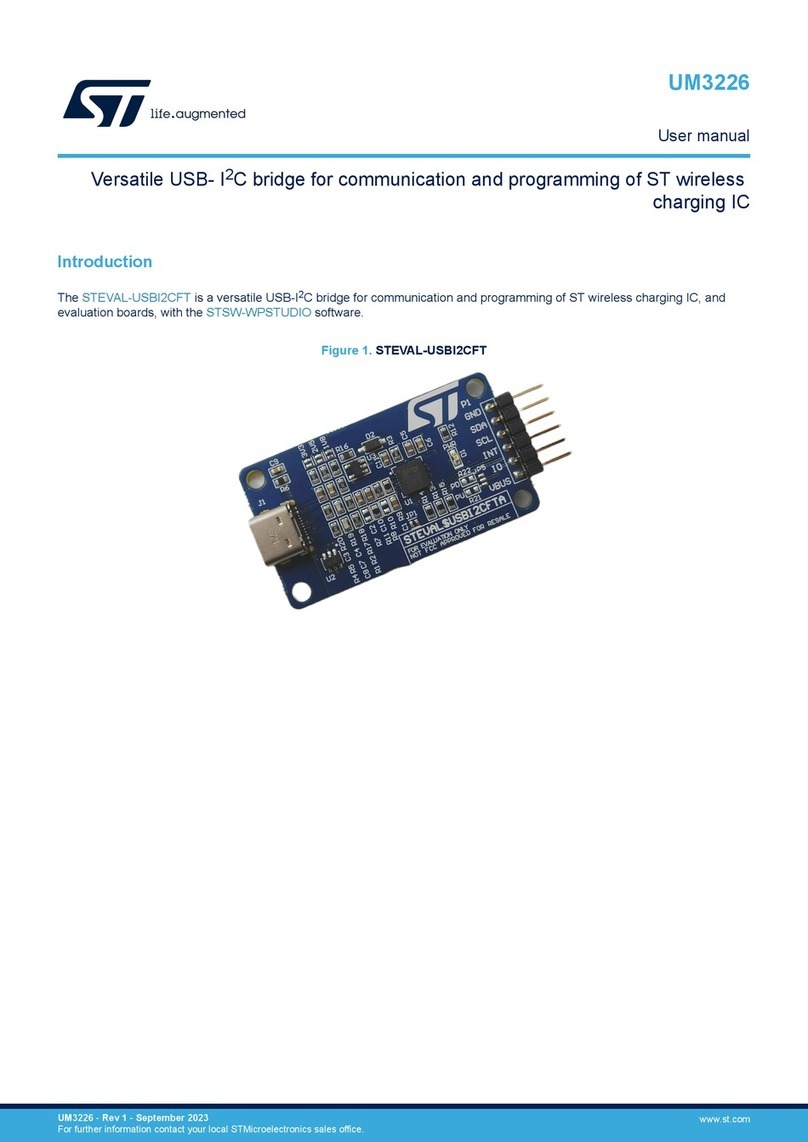
ST
ST STEVAL-USBI2CFT User manual
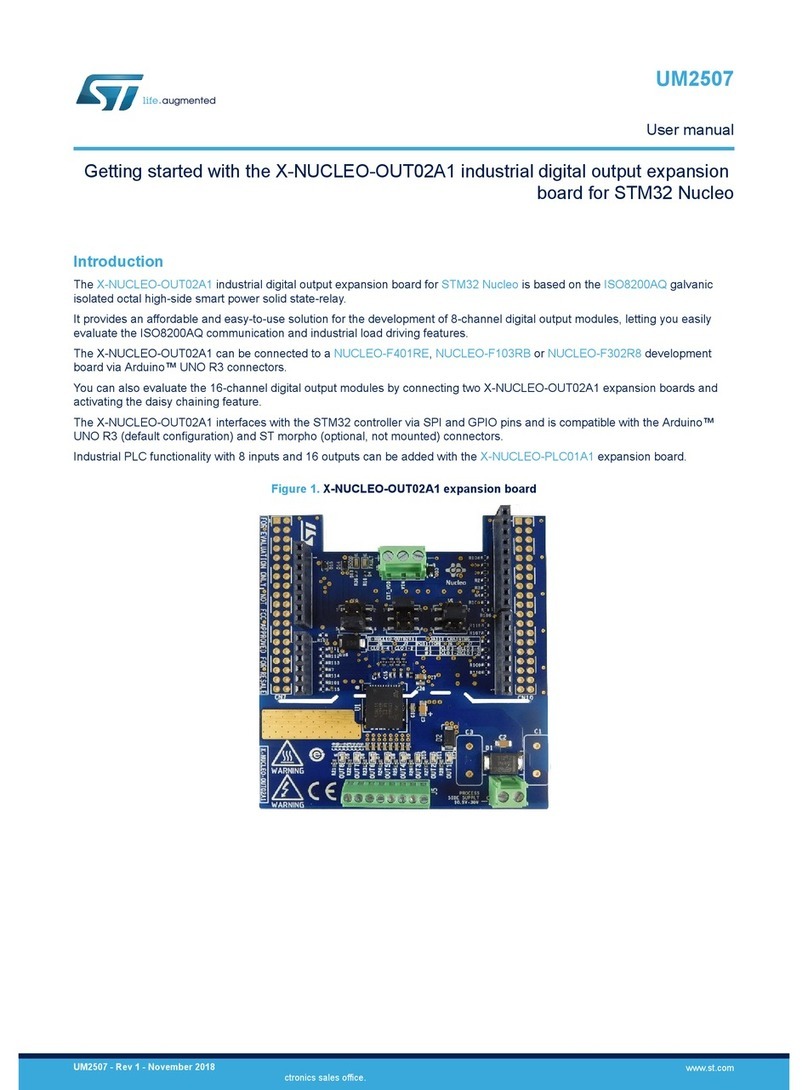
ST
ST X-NUCLEO-OUT02A1 User manual
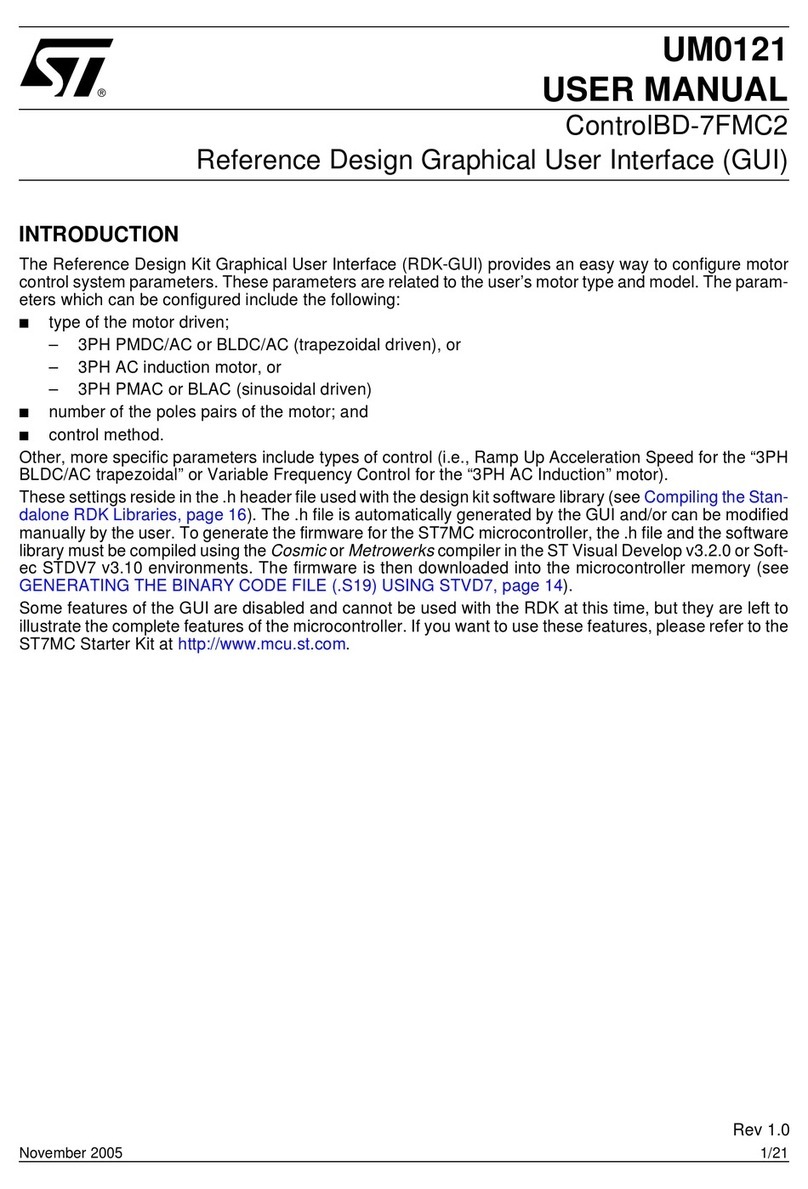
ST
ST ControlBD-7FMC2 User manual

ST
ST UM0501 User manual
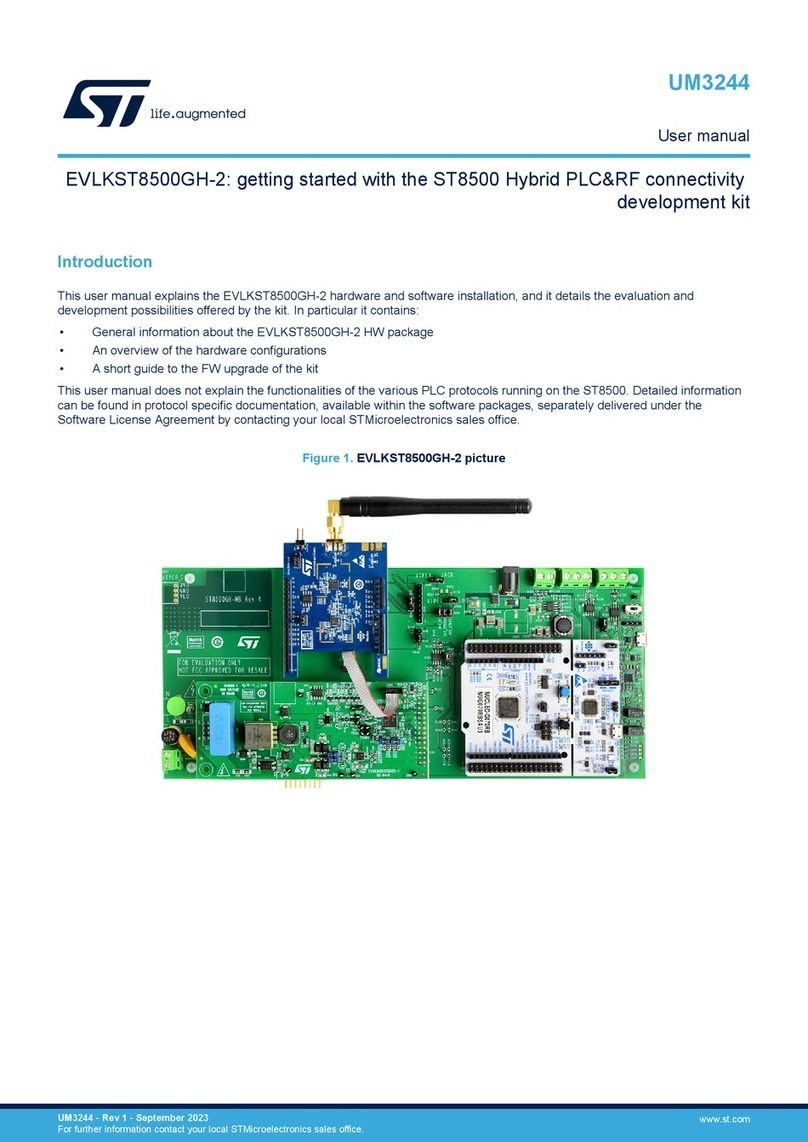
ST
ST EVLKST8500GH-2 User manual
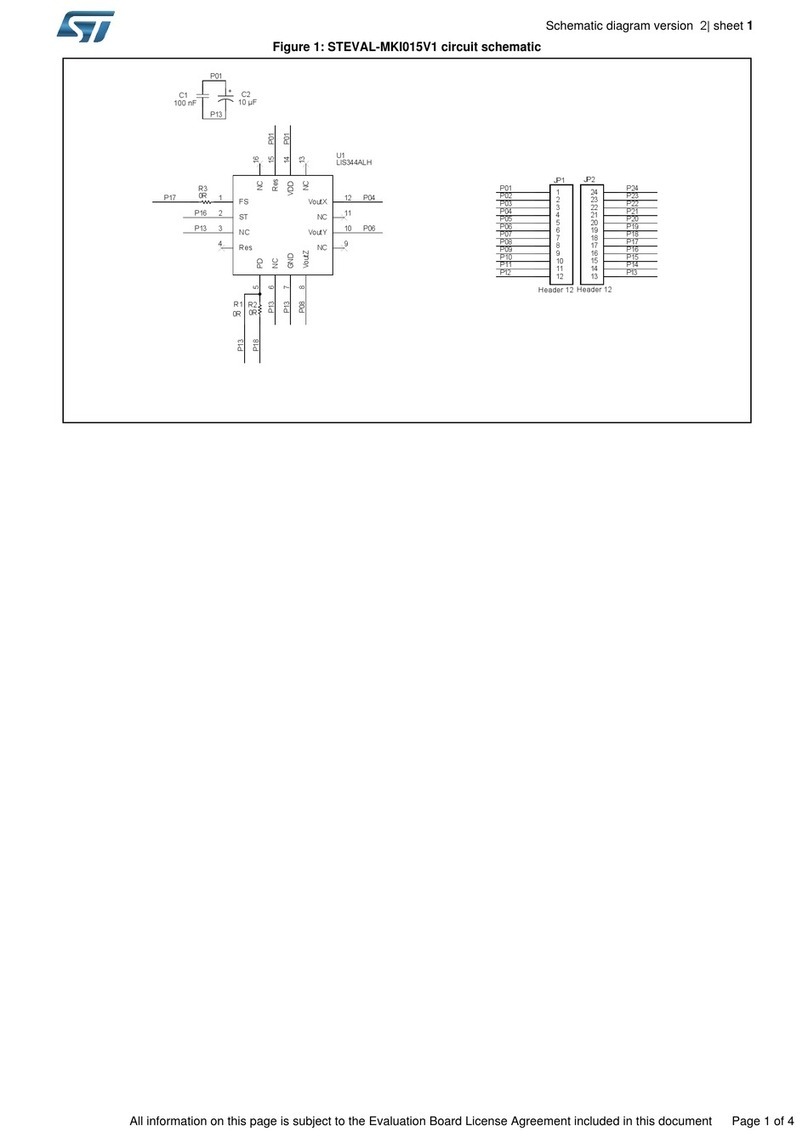
ST
ST STEVAL-MKI015V1 Quick start guide

ST
ST STM32MP157D-DK1 User manual
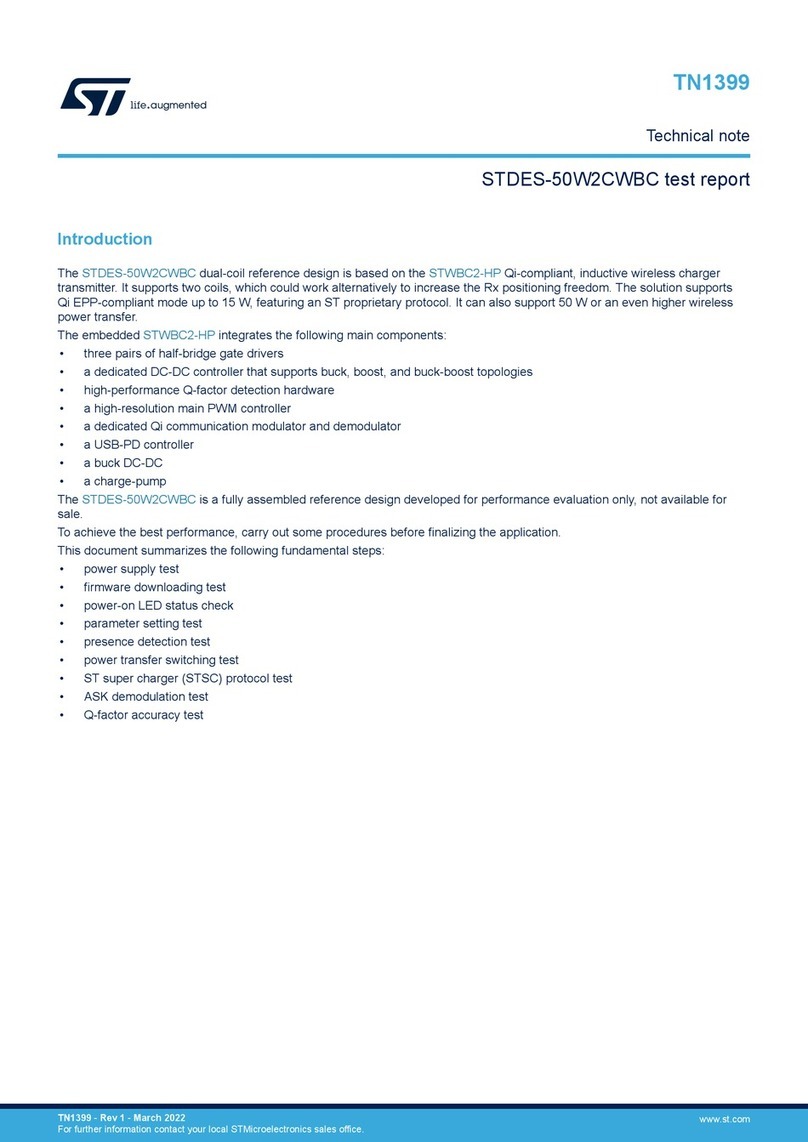
ST
ST STDES-50W2CWBC Specification sheet
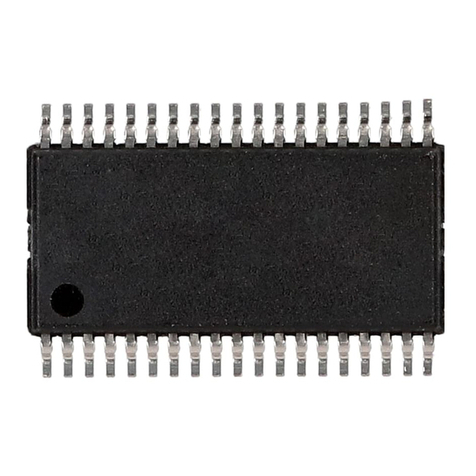
ST
ST HTSSOP38 User manual
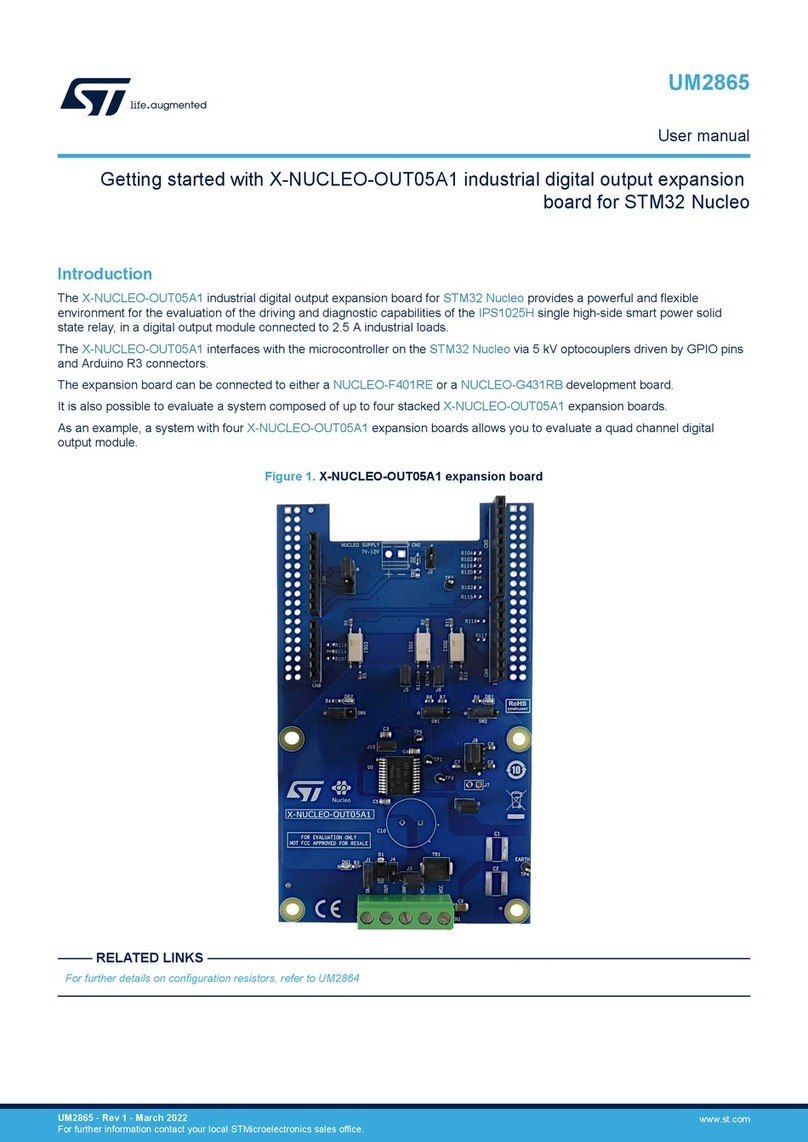
ST
ST X-NUCLEO-OUT05A1 User manual
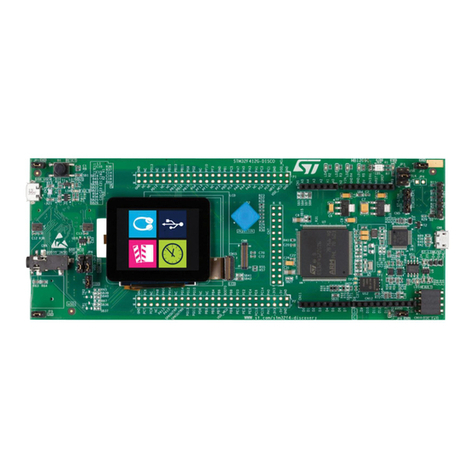
ST
ST 32F412GDISCOVERY User manual
Popular Computer Hardware manuals by other brands
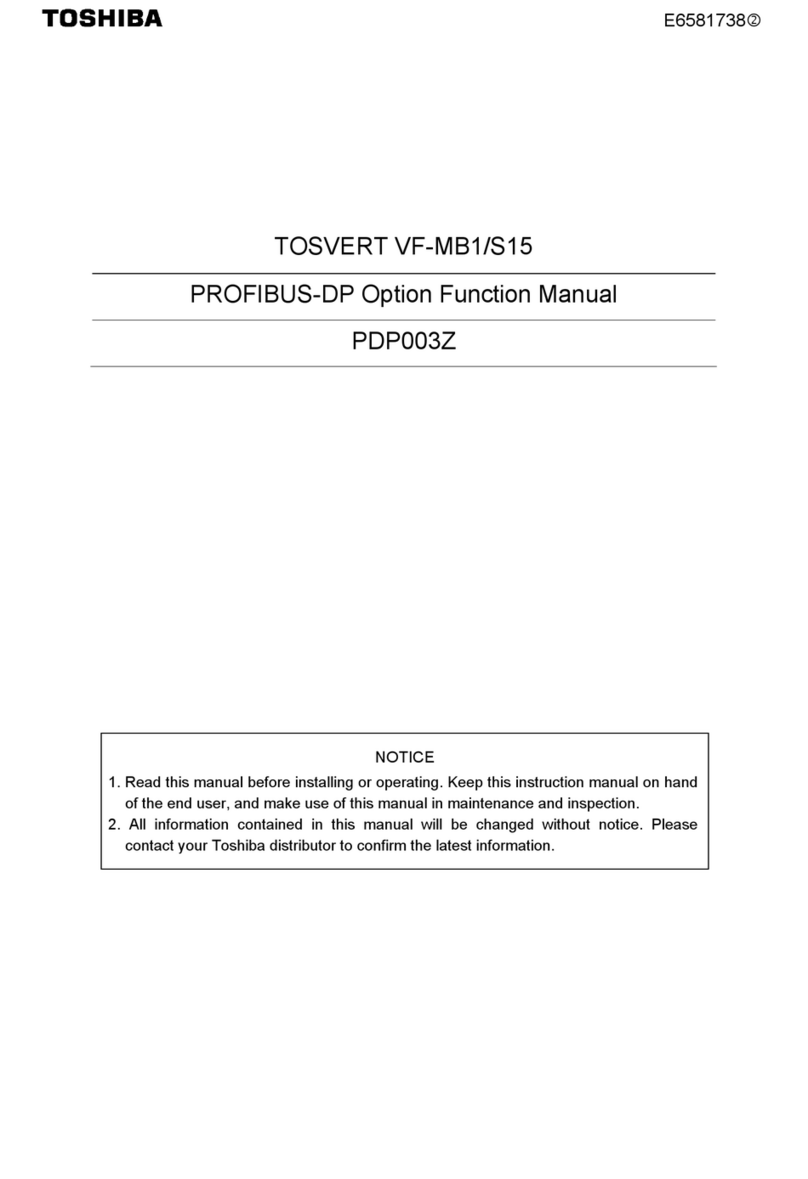
Toshiba
Toshiba TOSVERT VF-MB1/S15 IPE002Z Function manual
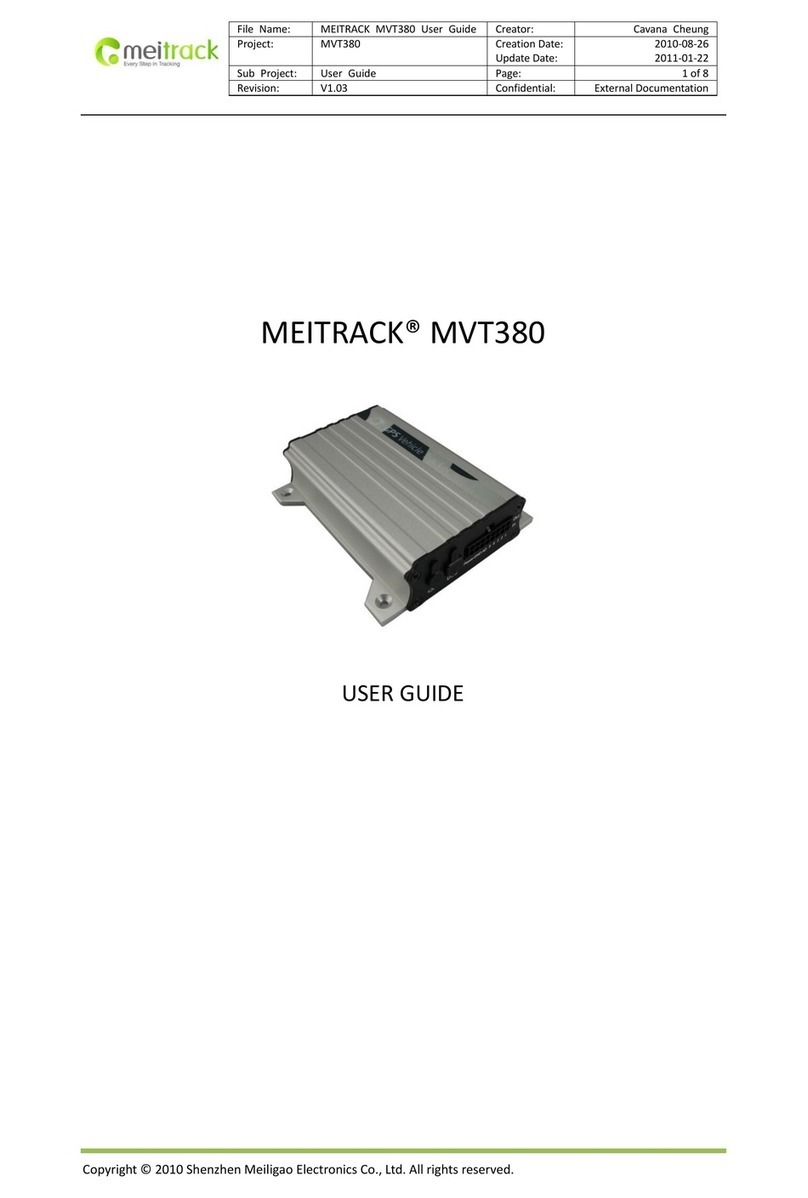
Shenzhen
Shenzhen MEITRACK MVT380 user guide
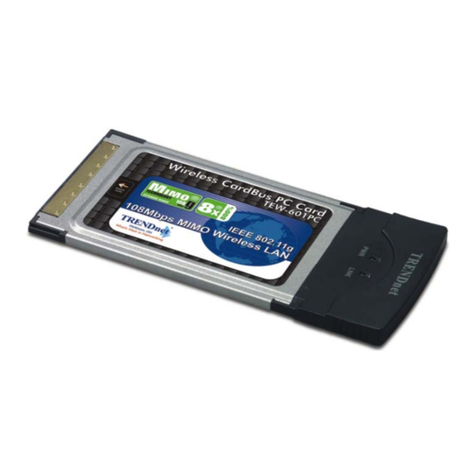
TRENDnet
TRENDnet TEW-601PC - SUPER G MIMO WRLS PC CARD user guide

StarTech.com
StarTech.com CF2IDE18 instruction manual
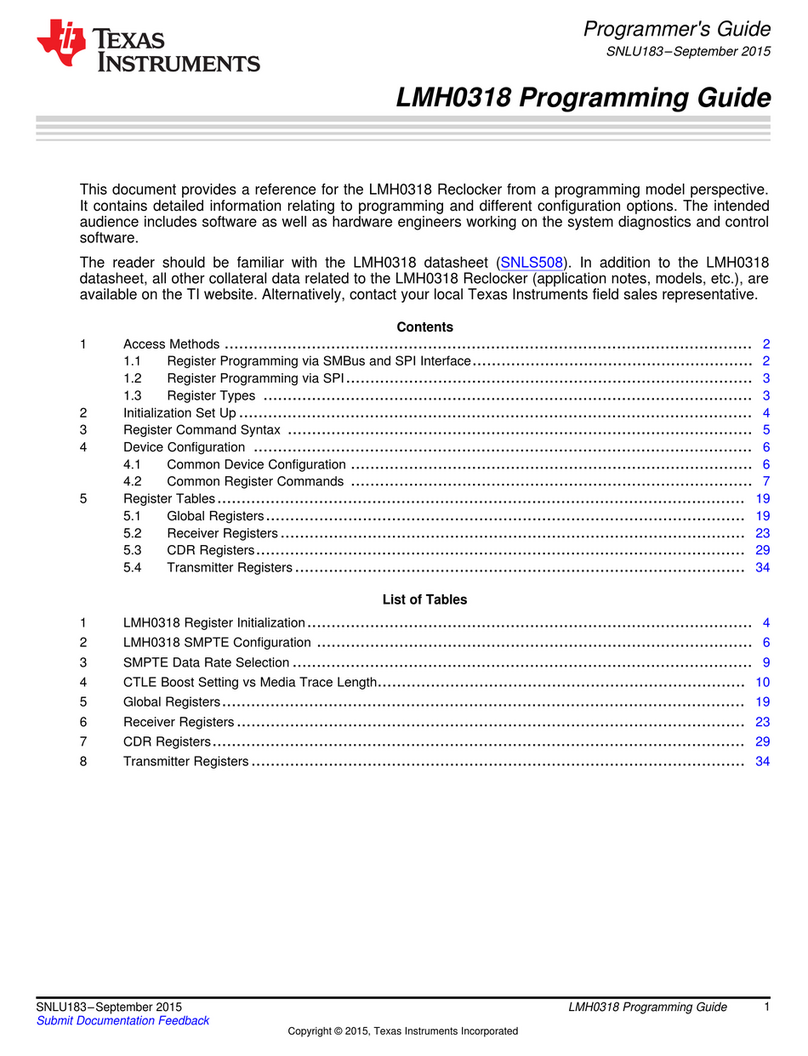
Texas Instruments
Texas Instruments LMH0318 Programmer's guide
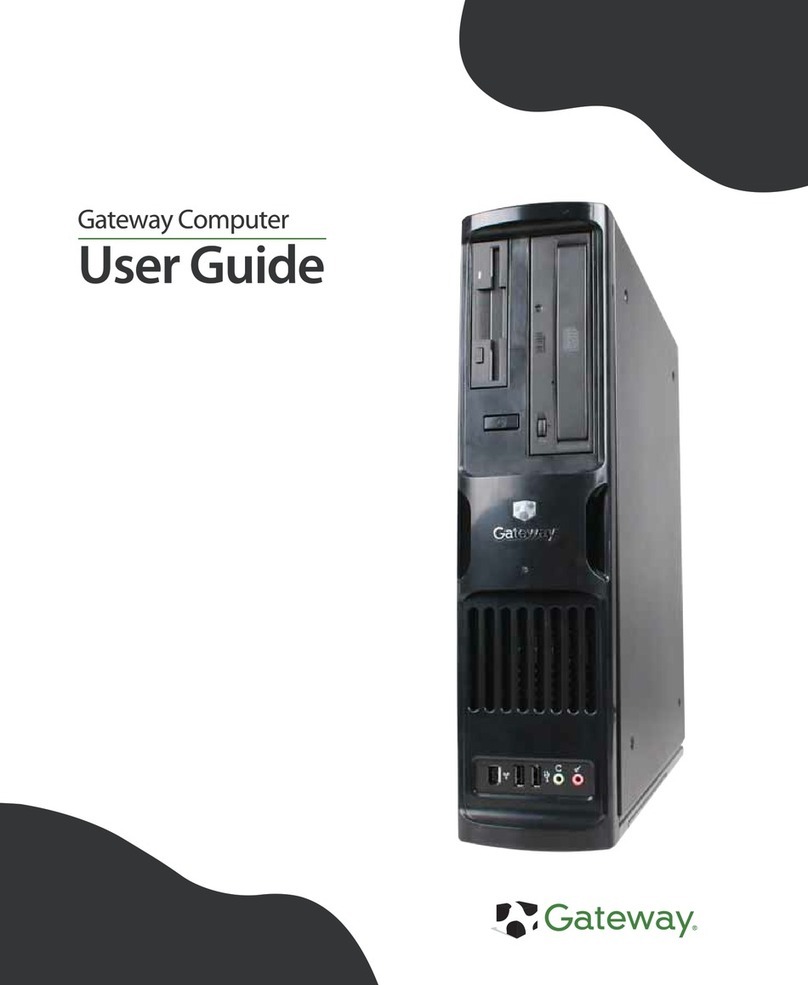
Gateway
Gateway 8510946 user guide
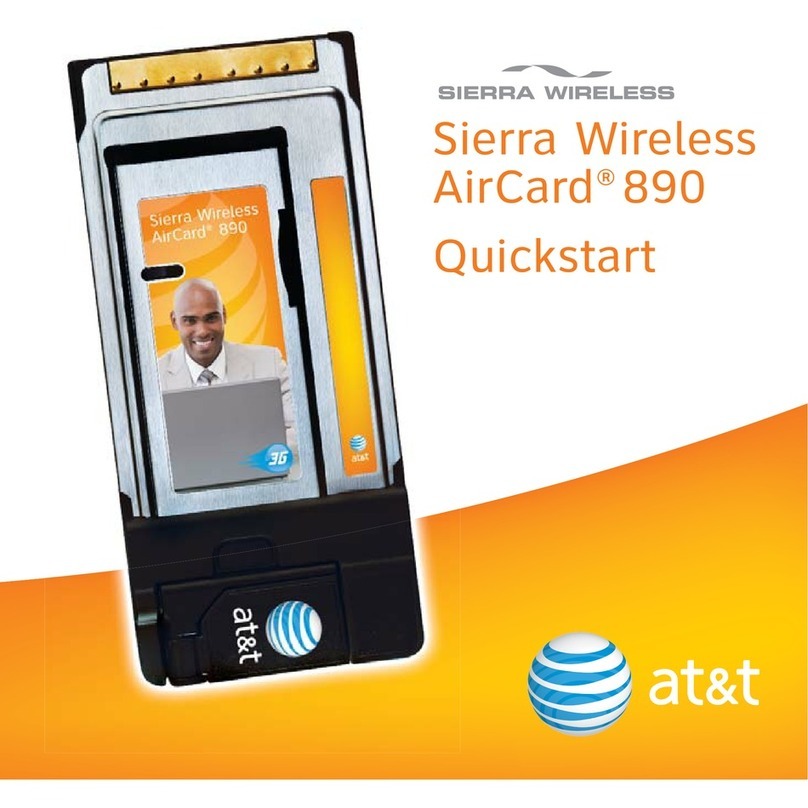
Sierra Wireless
Sierra Wireless Sierra Wireless AirCard 890 quick start guide

Leadtek
Leadtek Killer Xeno Pro Quick installation guide

Star Cooperation
Star Cooperation FlexTiny 3 Series Instructions for use
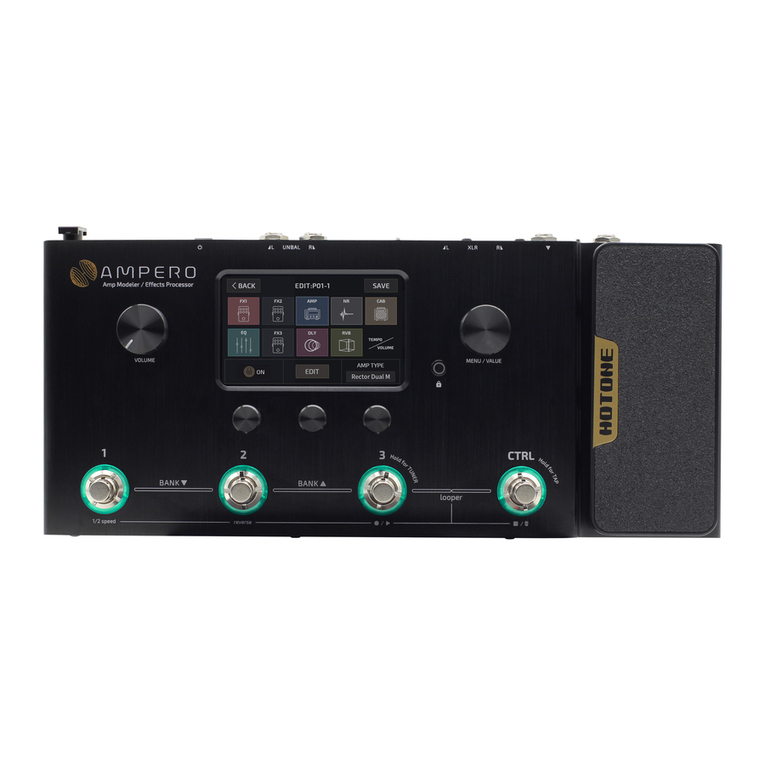
Hotone
Hotone Ampero user manual
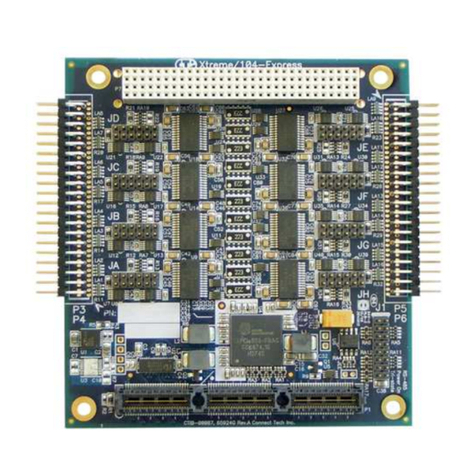
Connect Tech
Connect Tech Xtreme/104-Express user manual

Yealink
Yealink WF50 user guide
